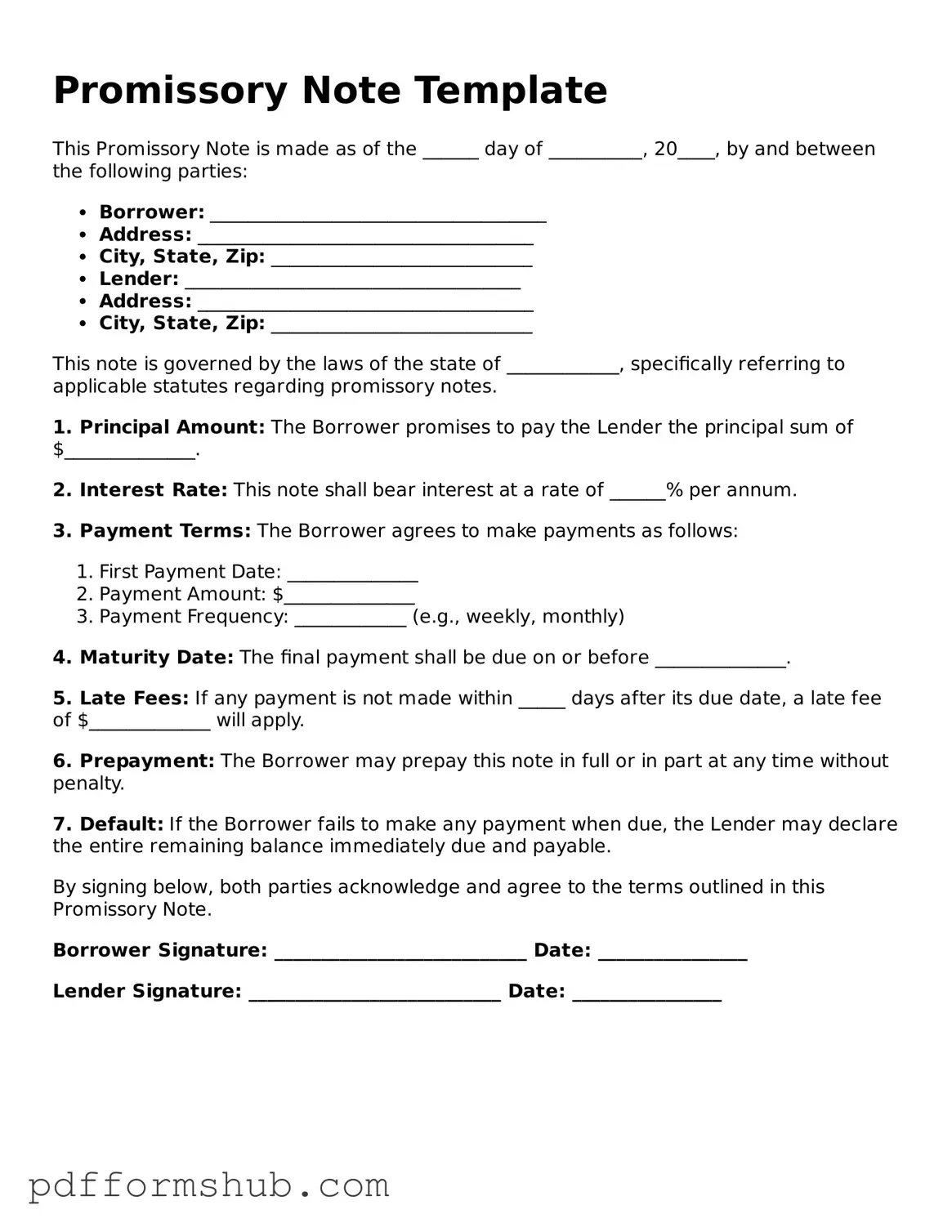Valid Promissory Note Form
A Promissory Note is a written promise to pay a specified amount of money to a designated person or entity at a predetermined time or on demand. This important financial document outlines the terms of the loan, including interest rates and repayment schedules. Understanding how to properly fill out a Promissory Note can safeguard both lenders and borrowers, ensuring clear communication and legal protection.
Ready to create your own Promissory Note? Click the button below to get started!
Customize Form
